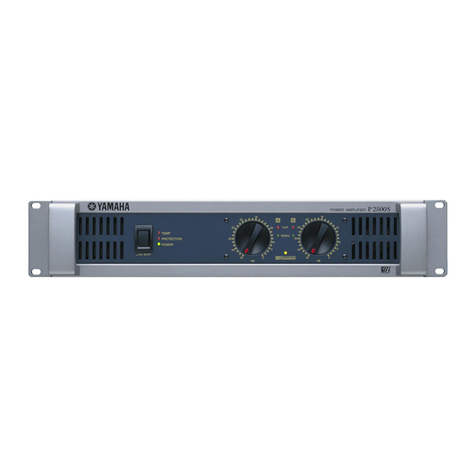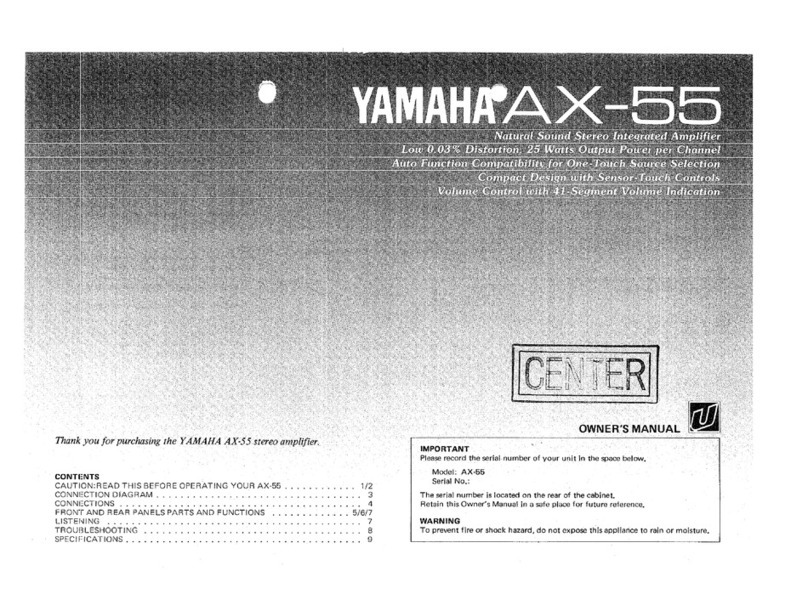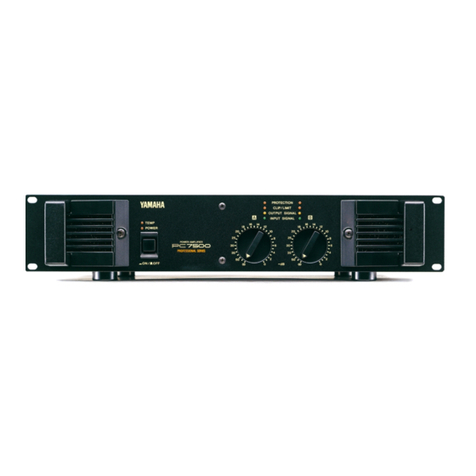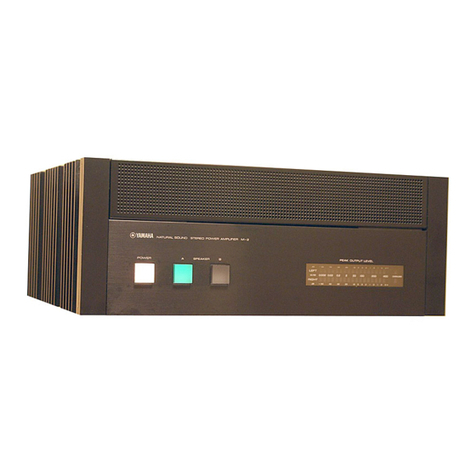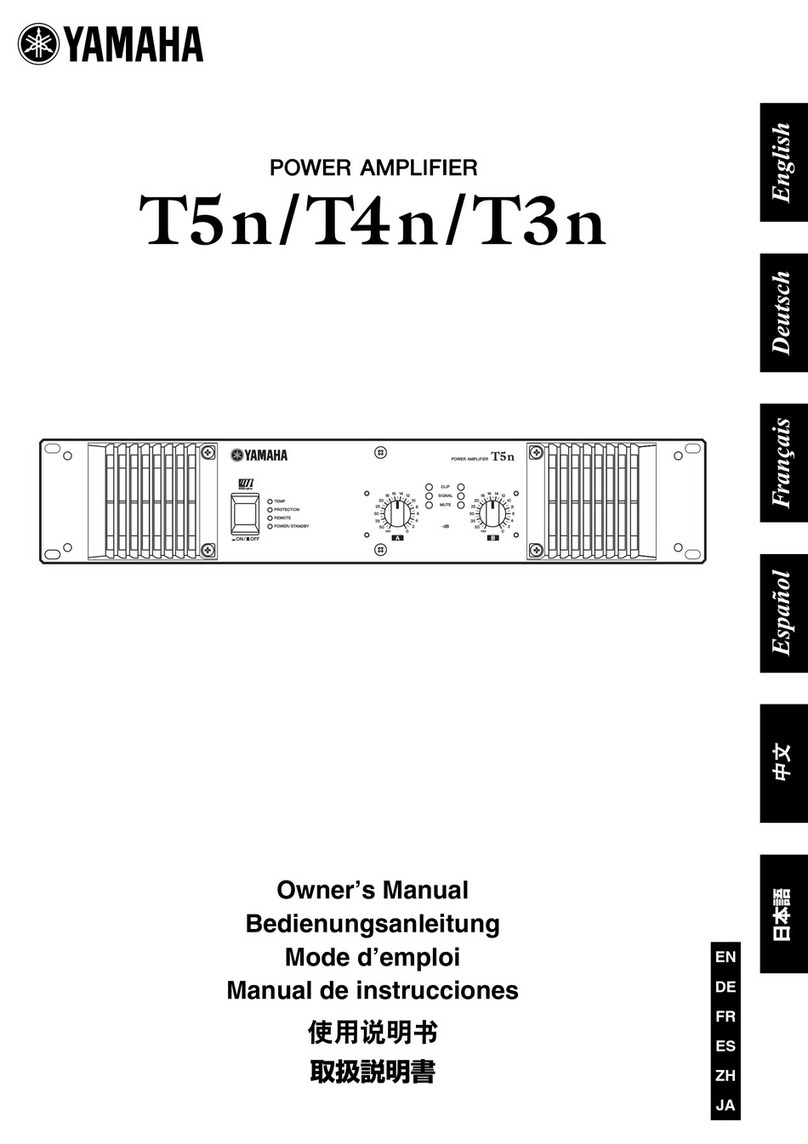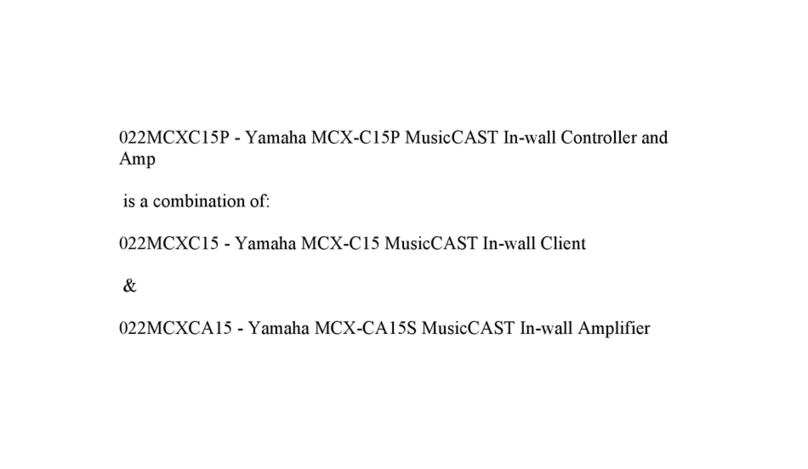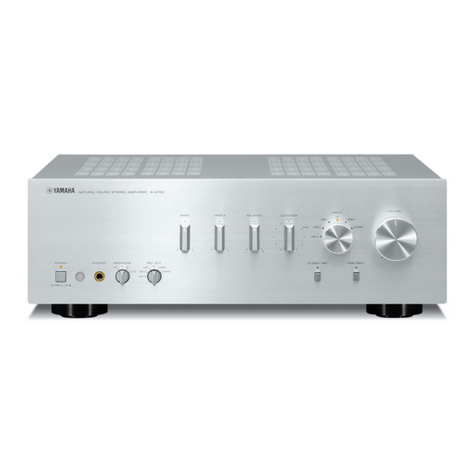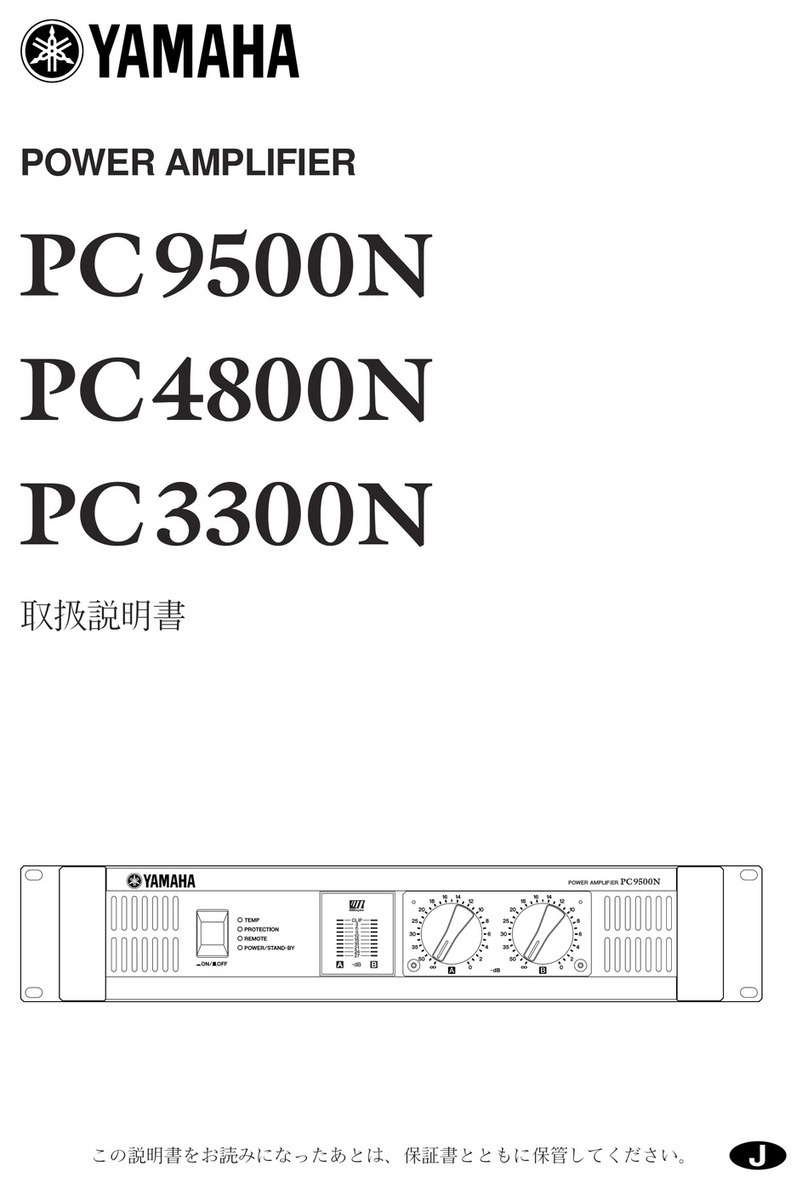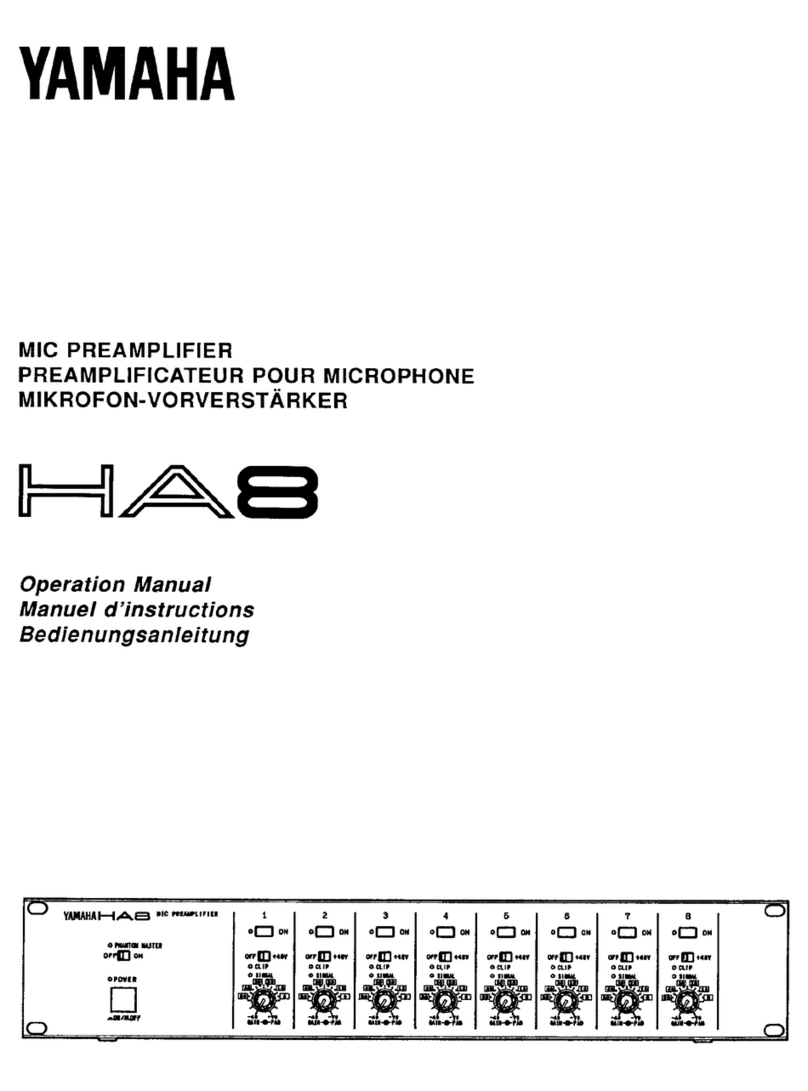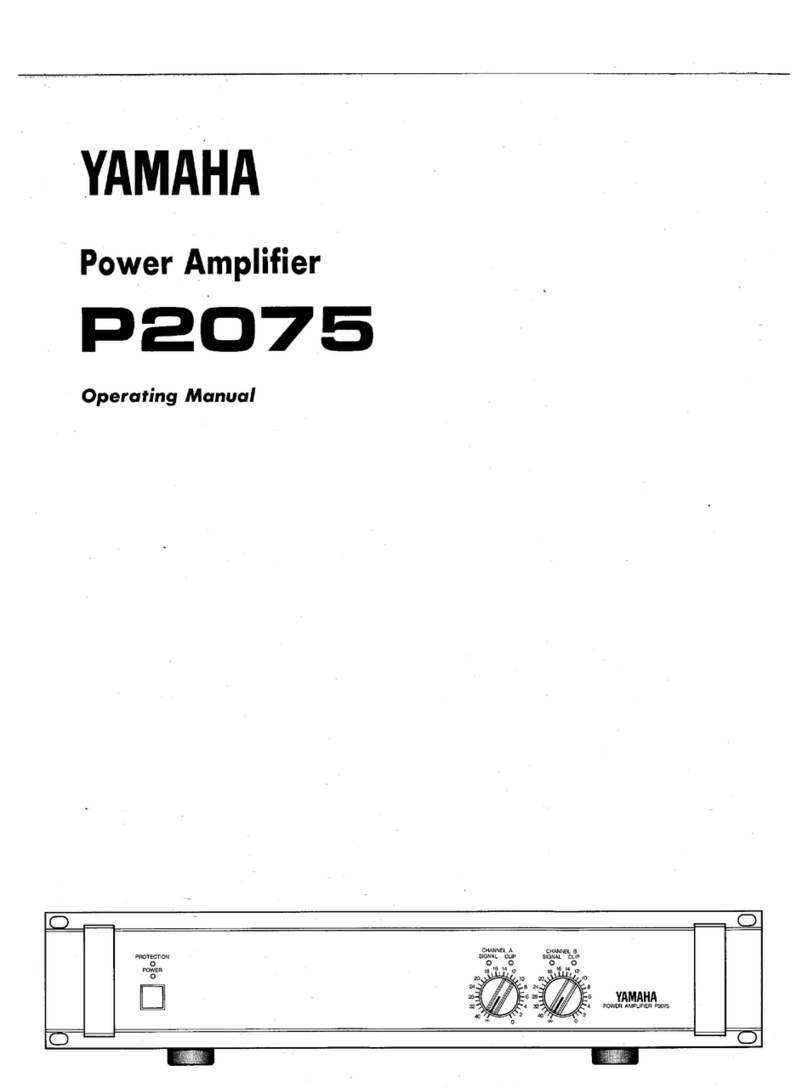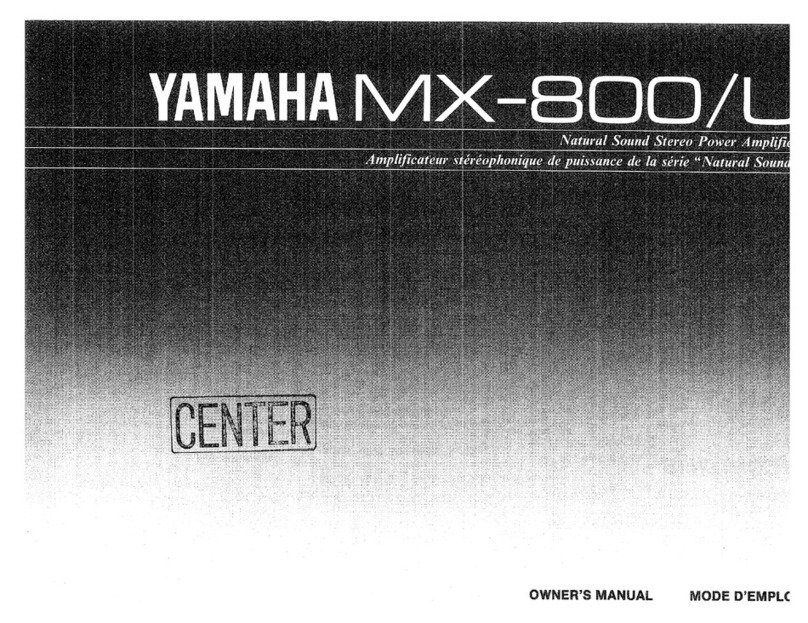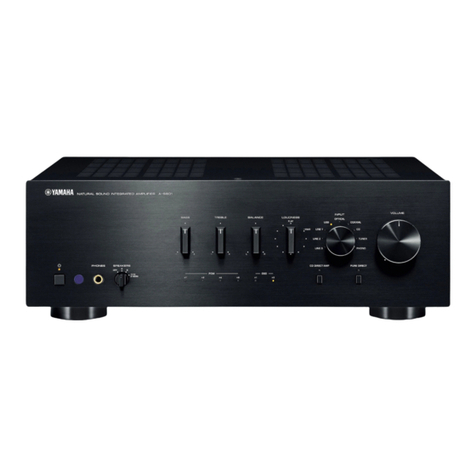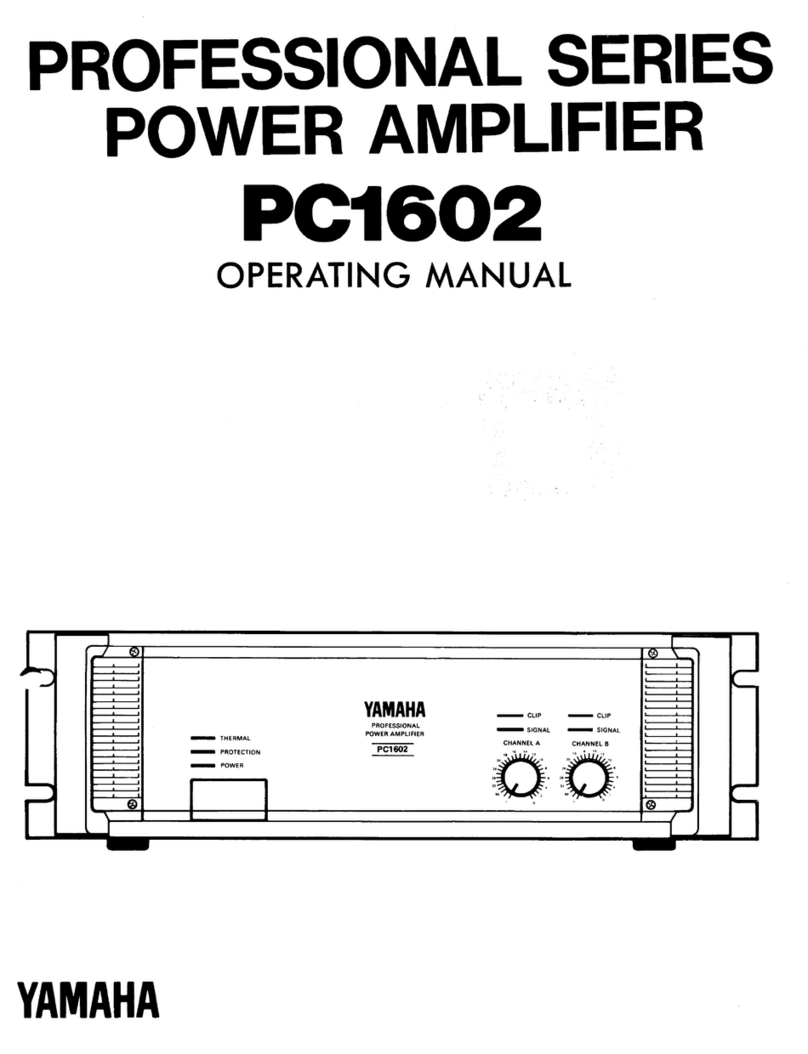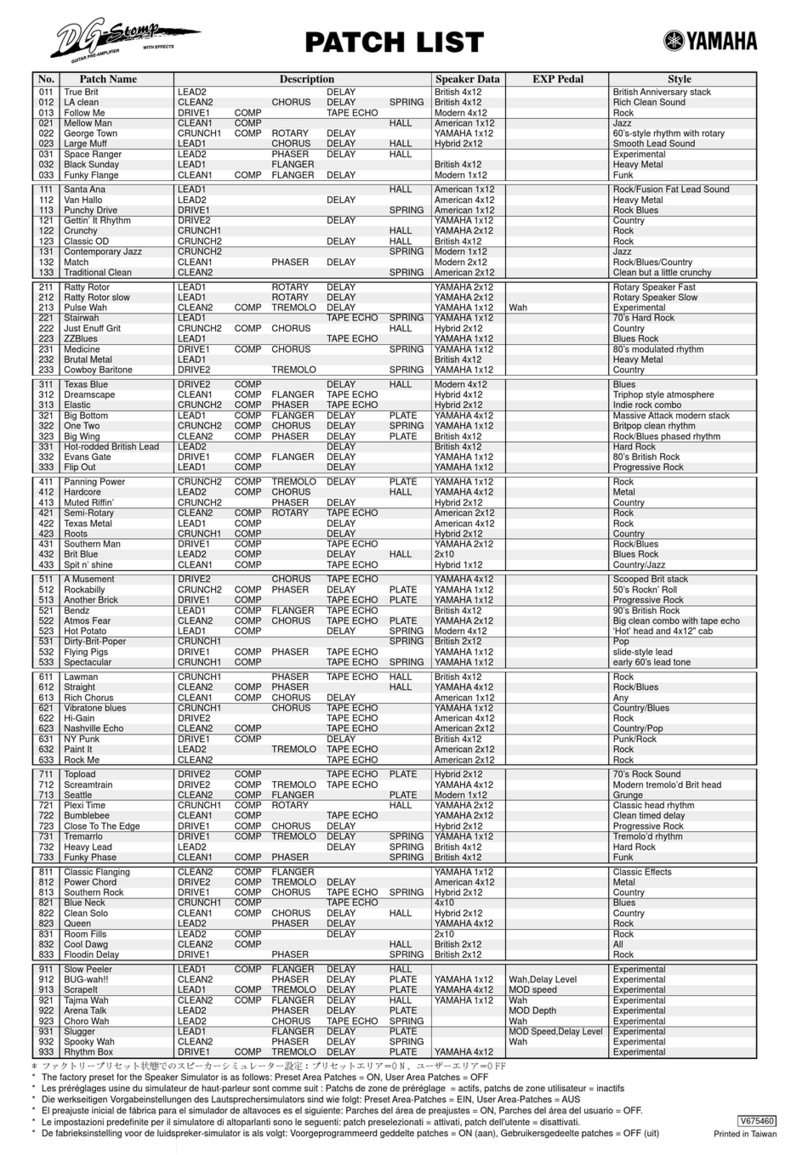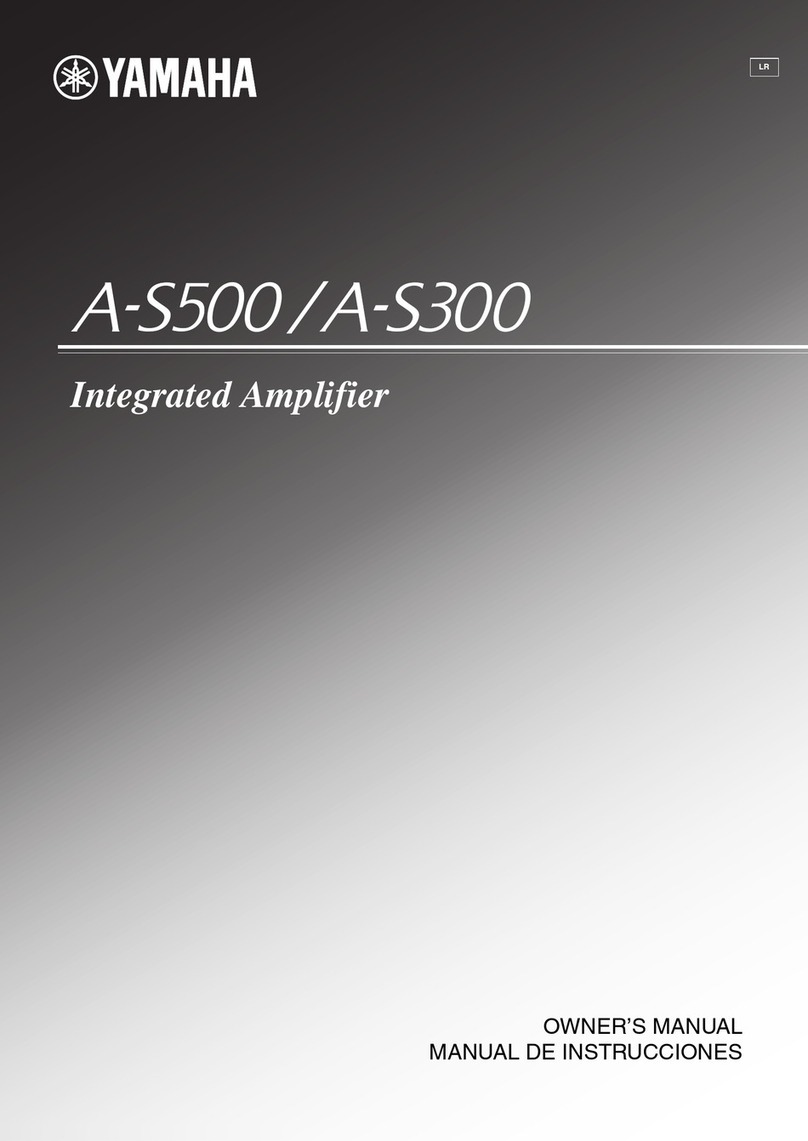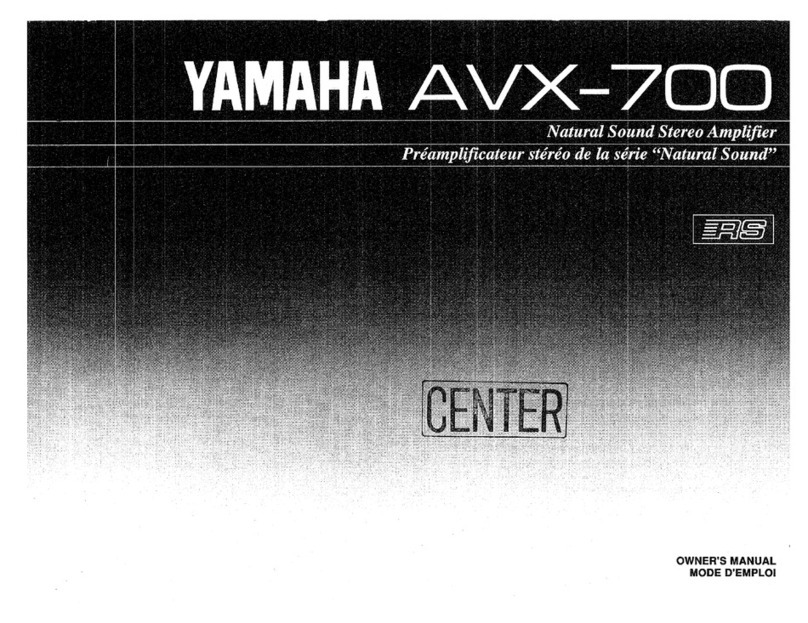
Precautions
1. Avoid excessive heat, humidity, dust and vibration.
Keeptheunitawayfromlocationswhereitislikelytobe
exposed to high temperatures or humidity — such as
near radiators, stoves, etc. Also avoid locations which
are subject to excessive dust accumulation or vibration
which could cause mechanical damage.
2. Ventilation
Allow a distance of 10 cm between the unit and the wall
so that heat generated from the unit will be released
effectively. Also, allow enough space between the unit
andotherdevices.Ifyoumounttheunitinanaudiorack,
keep a space of 10 cm on the top panel, and a space of
1 cmtothesidepanel.Removetherearpaneloftherack
oropenaventhole.Ifheatreleaseisinadequate,theunit
will retain heat inside the unit, which may cause a fire.
3. Avoid physical shocks.
Strong physical shocks to the unit can cause damage.
Handle it with care.
4. Do not open the case or attempt repairs or modifica-
tions yourself.
This product contains no user-serviceable parts. Refer
all maintenance to qualified Yamaha service personnel.
Opening the case and/or tampering with the internal
circuitry will void the warranty.
5. Make sure power is off before making or removing
connections.
Always turn the power OFF prior to connecting or
disconnecting cables. This is important to prevent dam-
age to the unit itself as well as other connected equip-
ment.
6. Handle cables carefully.
Alwaysplugandunplugcables—includingtheACcord
— by gripping the connector, not the cord.
7. Clean with a soft dry cloth.
Never use solvents such as benzine or thinner to clean
the unit. Wipe clean with a soft, dry cloth.
8. Always use the correct power supply.
Makesurethatthepowersupplyvoltagespecifiedonthe
rear panel matches your local AC mains supply. Also
make sure that the AC mains supply can deliver more
thanenoughcurrenttohandleallequipmentusedinyour
system.
Contents
Controls and Functions ............................................................. 2
Front Panel........................................................................... 2
Rear Panel ........................................................................... 3
Modes: STEREO/PARALLEL/BRIDGE................................ 4
SPEAKER IMPEDANCE...................................................... 4
Caution for Speaker Connection ............................................... 5
Rack Mounting .......................................................................... 6
Mounting in an EIA standard rack ....................................... 6
Mounting four or fewer amps in an open-backed rack......... 6
Mounting five or more amps, or when (even with four or
fewer units) the back of the rack cannot be left open.......... 6
Portable Rack Mounting ...................................................... 7
Positioning the Housed Amplifier......................................... 7
Specifications ............................................................................ 8
General Specifications......................................................... 8
Block Diagram...................................................................... 9
Dimensions .......................................................................... 9
Performance Graphs.......................................................... 10
Troubleshooting ...................................................................... 10
